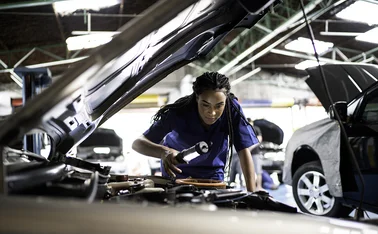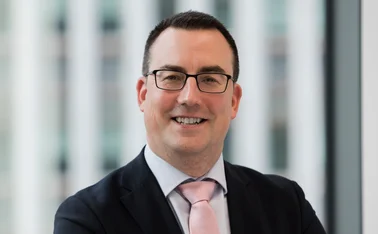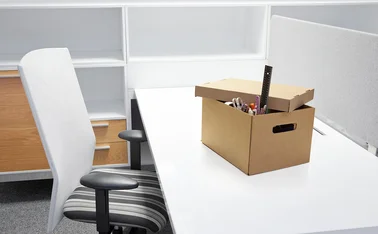
Future Focus 2030: The future of property podcast - how IoT sensors, automation and granular data will shape the next decade

It is the year 2030. The explosion of internet of things devices has really taken hold impacting both the personal and commercial property markets.
At the end of 2019 there were an estimated seven to eight billion active IoT devices, a figure which now stands at 40bn. Indeed it is estimated that the average UK household now has well over 100 devices with the rise in the likes of smart meters, security devices and leak detection making household properties much better risks. Indeed escape of water, once a major issue for claims managers, has seen substantially reduced.
In the corporate and commercial space, sensors are now omnipresent across many sectors too, allowing risk managers and their insurers to foretell many issues before they become a potential loss.
The rise in sensors and intelligent risk management using digital technology/mapping/big data means that property claims numbers have fallen. But they still happen, and when they do insurers have almost instant notification of a loss and an idea of the likely exposure by using photographic recognition/AI tools to assess the damage.
This is particularly helpful as Europe continues to see more extreme fluctuations in its weather than it did in the latter half of the twentieth century.
When losses do happen, loss adjusters still continue to play a role with major events, although the use of remote desk top assessments and drones is now more common than having someone knock on a door. And if someone does knock on the door, they are just as likely to be a gig economy worker as a full time employee.
Although still not as widespread as some predicted parametric insurance for property events as flood, storm and [in other countries] earthquake damage are finding their feet with take up around 5% in both the personal lines and commercial markets.
The continued rise of ‘Generation Rent’ – which was exacerbated by the economic down turn post Covid-19 - has seen an explosion in these types of products; whilst the amount of hours spent homeworking has seen a rise in hybrid commercial/personal products as more people set up office at home.
Based on this hypothesis, Post content director Jonathan Swift sat down with Benjamin Blain, head of property claims; and Jes Westerman, head of strategic projects at Verisk, to discuss how the insurance industry might make use of IoT sensors and the automation of the acquisition of data to better manage risks and handle claims over the next decade.
The trio also discuss the greater use of peril models and granular information to manage weather events and underwrite commercial and domestic properties to arrive at future market as outlined above.
Only users who have a paid subscription or are part of a corporate subscription are able to print or copy content.
To access these options, along with all other subscription benefits, please contact info@postonline.co.uk or view our subscription options here: https://subscriptions.postonline.co.uk/subscribe
You are currently unable to print this content. Please contact info@postonline.co.uk to find out more.
You are currently unable to copy this content. Please contact info@postonline.co.uk to find out more.
Copyright Infopro Digital Limited. All rights reserved.
As outlined in our terms and conditions, https://www.infopro-digital.com/terms-and-conditions/subscriptions/ (point 2.4), printing is limited to a single copy.
If you would like to purchase additional rights please email info@postonline.co.uk
Copyright Infopro Digital Limited. All rights reserved.
You may share this content using our article tools. As outlined in our terms and conditions, https://www.infopro-digital.com/terms-and-conditions/subscriptions/ (clause 2.4), an Authorised User may only make one copy of the materials for their own personal use. You must also comply with the restrictions in clause 2.5.
If you would like to purchase additional rights please email info@postonline.co.uk









